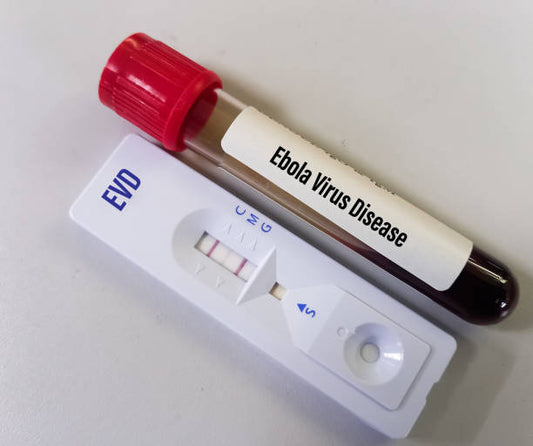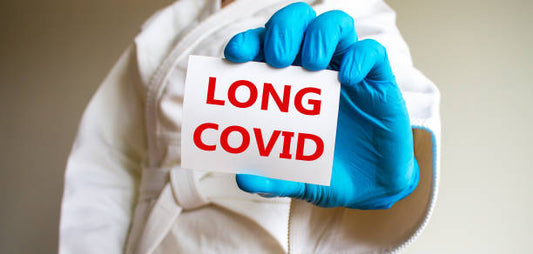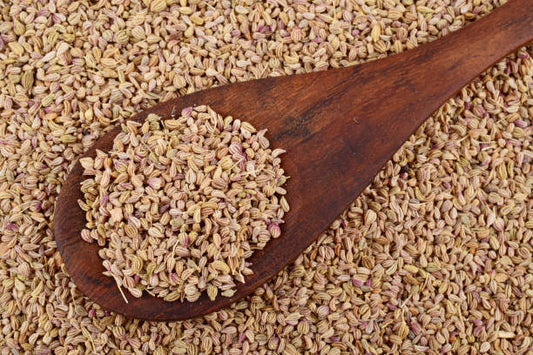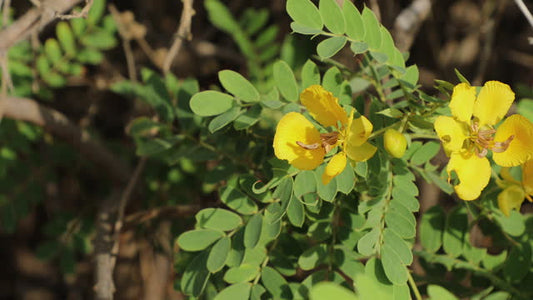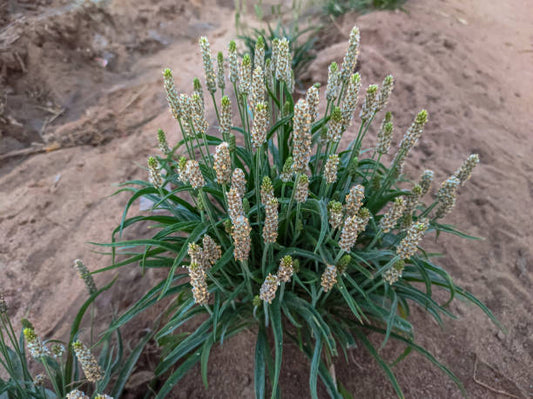Poison ivy, poison oak, and poison sumac are plants commonly found in North America that can cause allergic contact dermatitis upon skin contact. This condition, characterized by redness, swelling, itching, and blistering of the skin, can be quite uncomfortable and often requires treatment to alleviate symptoms. In this article, we'll explore how to identify these plants, methods for treating contact dermatitis, and preventive measures to avoid exposure.

Identifying Poison Ivy, Oak, and Sumac:

-
Poison Ivy (Toxicodendron radicans): This plant is recognizable by its clusters of three shiny green leaves, which may have serrated or smooth edges. Poison ivy can grow as a vine or shrub and is commonly found in wooded areas, along trails, and in backyard landscapes.
-
Poison Oak (Toxicodendron diversilobum): Poison oak also has clusters of three leaves, but its leaves resemble oak leaves with lobed edges. The leaves may be green or reddish in color and can grow as a shrub or climbing vine in similar habitats to poison ivy.
-
Poison Sumac (Toxicodendron vernix): Poison sumac is a shrub or small tree with clusters of 7 to 13 leaves arranged in pairs along a central stem. The leaves have smooth edges and may have a glossy appearance. Poison sumac is typically found in wetlands and swampy areas.
Treating Contact Dermatitis:
If you come into contact with poison ivy, oak, or sumac and develop symptoms of contact dermatitis, consider the following treatment options:
-
Wash the Affected Area: Immediately rinse the skin with soap and water to remove any plant oils that may cause a reaction. Avoid using hot water, as it can open pores and spread the irritant further.
-
Apply Cold Compresses: Use cold compresses or ice packs wrapped in a cloth to help reduce inflammation, itching, and discomfort.
-
Use Over-the-Counter Remedies: Over-the-counter products such as calamine lotion, hydrocortisone cream, or antihistamine medications can help alleviate itching and inflammation. Follow the instructions on the product label for proper use.
-
Seek Medical Attention: If symptoms are severe or widespread, or if blisters develop, consult a healthcare professional for further evaluation and treatment. Prescription medications such as corticosteroids may be necessary to manage severe cases of contact dermatitis.
Preventing Exposure:
To avoid contact with poison ivy, oak, and sumac, consider the following preventive measures:
-
Learn to Identify the Plants: Familiarize yourself with the appearance of poison ivy, oak, and sumac to avoid accidental contact. Remember the saying, "Leaves of three, let them be."
-
Wear Protective Clothing: When hiking or gardening in areas where these plants may be present, wear long sleeves, pants, gloves, and closed-toe shoes to minimize skin exposure.
-
Use Barrier Creams: Apply a barrier cream containing bentoquatam to exposed areas of skin before potential exposure to prevent plant oils from penetrating the skin.
-
Clean Tools and Clothing: After outdoor activities, wash gardening tools, clothing, and shoes to remove any plant oils that may be present.
Conclusion:
Understanding how to identify poison ivy, oak, and sumac, along with appropriate treatment and preventive measures, is essential for minimizing the risk of contact dermatitis. By taking proactive steps to avoid exposure and promptly treating any symptoms that arise, individuals can enjoy outdoor activities safely and comfortably, even in areas where these plants may be present. If you develop symptoms of contact dermatitis, seek medical attention for proper evaluation and management.








